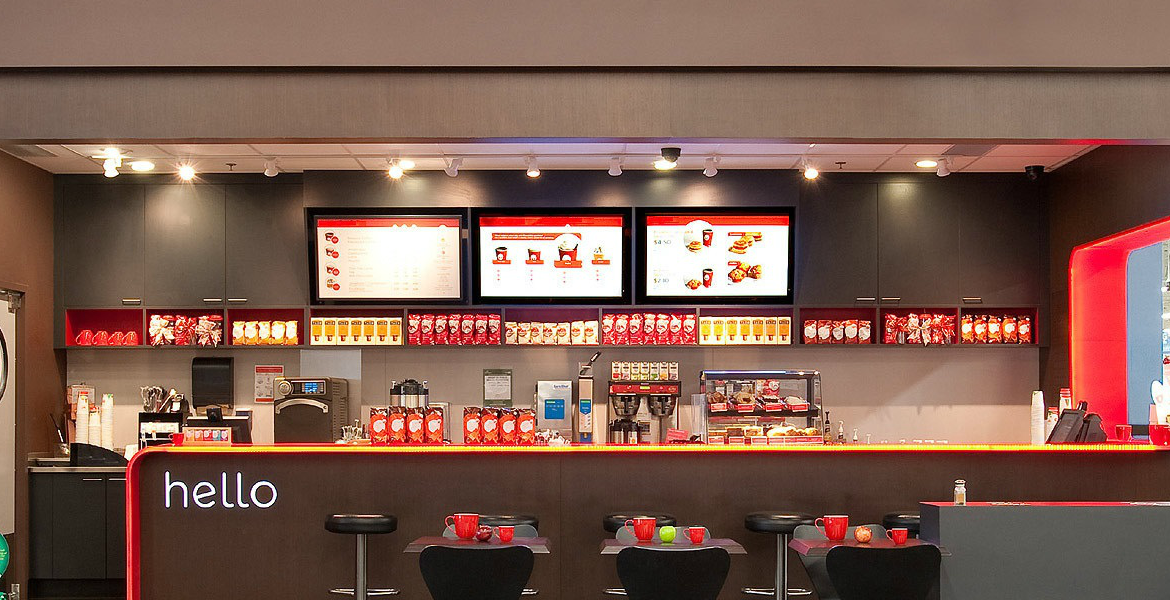A dynamic digital menu breathes life into your offerings, captivating customers with vibrant displays upon their restaurant entry. Unlike static counterparts, these digital marvels seize attention and inspire action, serving as the forefront of your culinary narrative. Presently, 30% of patrons attest that digital menu boards significantly shape their purchasing choices, underscoring the imperative to embrace this technology for enhanced sales and foot traffic.
Traditionally, cost has been a central concern for restaurateurs contemplating the adoption of digital menu boards. Fortunately, the digital signage market offers a spectrum of solutions tailored to diverse budgets, spanning from streamlined setups to robust enterprise-grade systems. This flexibility empowers you to select a hardware and software combination that aligns seamlessly with your operational needs and financial parameters.
Moreover, the potential for increased sales by 29.5% underscores the compelling returns on investment afforded by digital signage. Additionally, transitioning from static menus eliminates the recurring expenses associated with printing, particularly beneficial for establishments with dynamic menu rotations throughout the year.
Cost of Digital Menu Board
To accurately gauge the investment required for a digital menu board solution, it’s essential to understand the various hardware and software components involved. Let’s dissect the elements of a digital menu board system below to facilitate your planning process.
Ensuring the smooth operation of your digital signage system entails periodic maintenance and troubleshooting. Some providers furnish 24/7 support teams to address any issues promptly, thereby reducing maintenance expenses. Alternatively, if this option isn’t available, you may opt to outsource IT support or assemble an in-house team.
Additionally, allocate resources for training sessions to acquaint employees with the digital signage system. While most software interfaces are user-friendly, there remains a learning curve for those unfamiliar with the technology. Fortunately, many providers extend technical support and provide online resources to streamline the learning process.

Are you prepared to embark on the journey of installing a digital menu board? These innovative displays are rapidly becoming a staple in the restaurant industry, offering a multitude of benefits such as eliminating printing costs, enhancing visibility, and bolstering profitability. However, before diving in, it’s crucial to carefully evaluate both hardware and software expenses and engage in thorough discussions with your chosen vendor regarding your specific digital signage requirements.
In moments of uncertainty, it’s prudent to prioritize commercial-grade solutions. These robust offerings not only deliver reliable performance over extended periods but also typically come with extended warranties, providing added peace of mind for your investment. By carefully considering these factors and making informed decisions, you can ensure a successful integration of digital menu boards into your restaurant operations.






